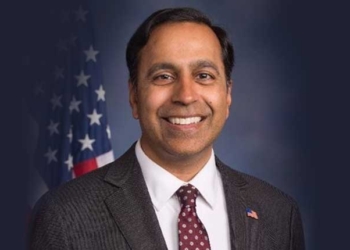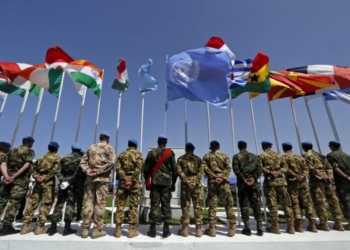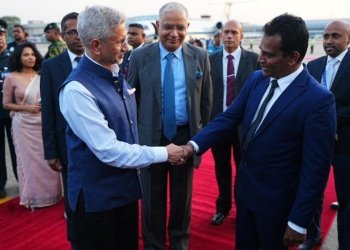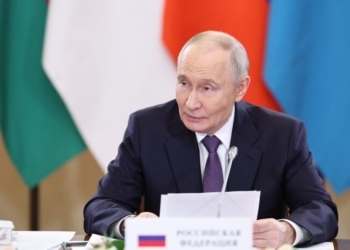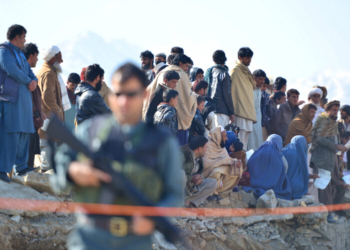New Delhi: In the tortured chronicle of the nuclear age, few regions have exhibited its turbulent paradoxes more deeply than South Asia and the Middle East – two geopolitical fault lines where the existence or quest of nuclear power has become both a talisman of security and a catalyst for instability.
The recent crisis – India’s bold response to Pakistan’s sponsorship of terrorism under the nuclear umbrella, and Israel’s unyielding campaign to prevent Iran’s nuclear ambitions – reveal not only the shifting framework of deterrence but also the profound asymmetries that define the conduct of war and peace in a world suspended perpetually on the edge of catastrophe.
The Indo-Pakistan relationship, long the typical case study in nuclear stability through mutual vulnerability, has in recent years degenerated into something far more volatile. Pakistan’s doctrine of Full Spectrum Deterrence – a strategy that conflates the logic of existential defence with the permissiveness of proxy warfare – has sought to weaponize the very fear of nuclear exchange to underwrite a low-cost campaign of cross-border terrorism. This rests on the rickety presumption that India’s conventional superiority would be forever hemmed in by the threat of nuclear escalation.
Yet, in a moment of strategic clarity, New Delhi has upended the premise. Rejecting the paralysis of the past, India recently executed a campaign of measured retaliation – targetting Pakistan’s terrorist infrastructure, command nodes, and also its airbases – with a deliberate blend of precision and restraint. The strikes, as part of Operation Sindoor, were designed not to trigger Armageddon, but to unmask the hollowness of a deterrent that had, for too long, allowed aggression to go unpunished. What emerged was a paradigm shift: a nuclear stalemate no longer guaranteed strategic impunity.
Amid this recalibration of risk and response, the United States emerged in South Asia not as a combatant, but as a shrewd manager of perception. Washington’s role was defined less by intervention than by interpretation – urging de-escalation, managing narratives, and projecting the image of a steady hand averting nuclear catastrophe. It was here that a curious inversion occurred: Pakistan, in vainly attempting to cast itself as a responsible stakeholder by nominating US President Donald Trump for the Nobel Peace Prize, ended up magnifying the very architecture of dependency it sought to obscure. What was intended as a gesture of diplomatic flattery became an inadvertent admission – that the optics of so-called restraint had been successfully outsourced to Washington. In this theatre of symbolic gestures and transactional dealmaking, American role – limited at best to that of a moderator – was rebranded as a display of Trumpian magnanimity.
In contrast, Israel’s confrontation with Iran operates on a different strategic axis. Here, the danger is not one of misused deterrence but of its imminent creation. Tehran, not yet in possession of the bomb, stands at the cusp of nuclearization. For Israel, whose historical memory is etched with existential trauma, the calculus is unambiguous: a nuclear Iran is intolerable. The logic is preemptive, not punitive; it seeks to extinguish a threat before it crystallizes.
And in this campaign, the United States has revealed its Janus-faced role. Trump’s escalation towards open military confrontation with Iran marks his riskiest foreign policy move, exposing the hollowness of his anti-war stance. While Washington preached de-escalation in South Asia, in the Middle East it did not hesitate to become a co-belligerent. As Israel’s operations against Iran’s hardened nuclear infrastructure strained the limits of its reach, it was American military machine that came to fulfil Israeli objectives; American intervention was unfettered by the taboos of escalation and untroubled by the spectre of radioactive fallout. Joint strikes, executed with surgical finality, delivered a different message: that the architecture of non-proliferation would be defended not just through treaties and inspections, but through preemptive force.
These disparate responses reveal more than regional contingencies – they expose the underlying architecture of existing global order. In South Asia, world powers responded in myriad ways – some urging restraint, others offering mediation – haunted by the image of a subcontinent descending into nuclear inferno. Yet in the Persian Gulf, preemption – so vilified elsewhere – was tacitly legitimized. The difference lies not merely in geography, but in geostrategy: the spectre of a nuclear Iran is judged more intolerable than the risks of a war to prevent it.
The choice of targets too underscores divergent strategic philosophies. Israel’s campaign was methodical – first dismantling the sinews of Iranian proxy influence across the Levant, degrading Hezbollah’s capacity, and sterilizing Hamas’s logistics, before turning to the heart of Iran’s nuclear infrastructure. The sequencing was designed to weaken Iran’s capacity for asymmetric reprisal before delivering a strategic coup de grace.
India’s airstrikes, by contrast, were more restrained in ambition. It chose not to target the architects of terror embedded within Pakistan’s military-intelligence complex. Instead, it aimed at the visible edifice of proxy warfare: the camps, the launchpads, the infrastructure of terrorism. The aim was not to dismantle the state’s coercive machinery, but to recalibrate the cost-benefit calculus of terrorism under nuclear umbrella.
These events may be remembered as a watershed – a moment when the utility of nuclear weapons was both exposed and constrained. India’s defiance marked the waning utility of Pakistan’s doctrine of nuclear coercion. Israel’s campaign reaffirmed the enduring, if dangerous, seduction of preventive war. Yet through these episodes, one constant remains: the United States, for all its internal political churning and external ambivalence, remains the axis around which the machinery of global security turns. It is Washington’s shadow that looms across both theatres, shaping the strategic calculations of parties involved.
However, this shadow remains distressingly selective, unmindful of its long-terms ramifications. Confronting Iran’s nuclear aspirations in isolation is to disregard the tangled web of regional dynamics and historical precedents, most notably in its handling of Pakistan’s nuclear journey. The story had begun not in Tehran, but in Islamabad – where clandestine channels, orchestrated by the notorious A Q Khan, furnished Pakistan’s key centrifuge technology and laid the technical groundwork for Iran’s nuclear programme. This transmission of centrifuge technology embedded within Iran both capability and strategic rationale. But no strenuous attempt was ever undertaken to dismantle Pakistan’s illegal nuclear web; instead, the full apparatus of Western intelligence and coercive scrutiny was undertaken with clinical precision upon the Iranian enterprise. Thus, the architects of Pakistan’s proliferation network were shielded by geopolitical expediency. In a world where tactical utility often trumps principle, it is India that watches with irony – acutely aware that the rhetoric of non-proliferation is often subordinate to the imperatives of strategic alliance and convenience.
(IANS)





